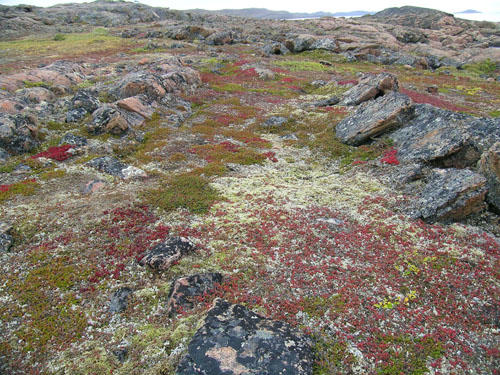Tremendous diversity of willows (Salix species) occurs in North America. From the northern limit of bare soils in the high Canadian Arctic to the humid tropics of Mexico (and even far into South America). These willows are infected by biotrophic rust fungi in the genus Melampsora. Despite significant differences in hosts, geography and life cycles, current taxonomy combines all willow rusts in North America into one species, Melampsora epitea.
Our lab is currently using molecular and morphological traits to compare Arctic and temperate collections of Melampsora rust from willows. Arctic willow is an extremely important species in the Arctic ecosystem and currently there is very limited information about this serious rust disease.
On two field events to the high Canadian Arctic (Cornwallis Island, Ellesmere Island and Beechey Island, Nunavut, Canada) our team has made observations and collections of Salix arctica infected with Melampsora rust. During these trips we discovered several unique characteristics of Arctic willow rust such as infection of floral tissue (catkins) and systemic infection of stems and both leaf surfaces. Samples collected in the Arctic are being compared to collections of rust on willow in Minnesota and other temperate areas using molecular and morphological methods. Molecular (ITS rDNA sequences) and morphological characteristics of spores from Arctic and temperate samples suggests that significant speciation and diversity has occurred among willow rusts in North America.
For more information on willow rust in the Arctic see our recent publication: Mycologia 96 1330-1338.
